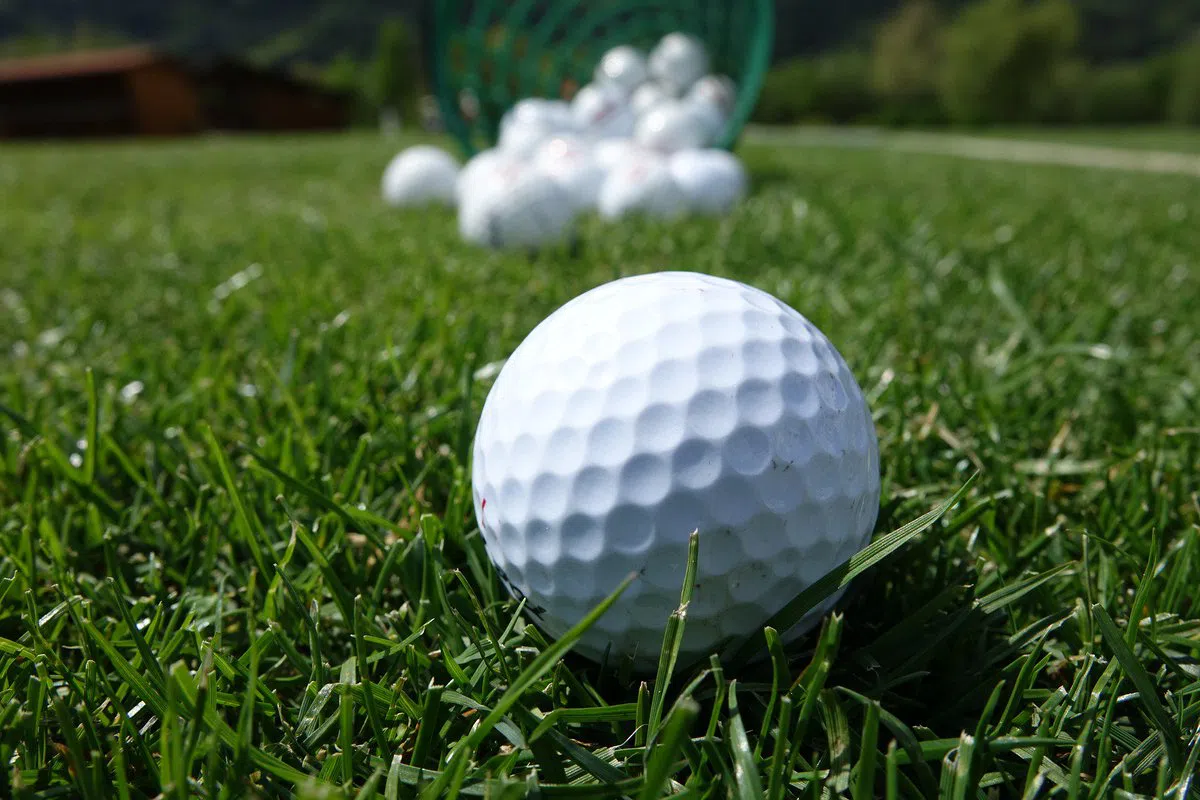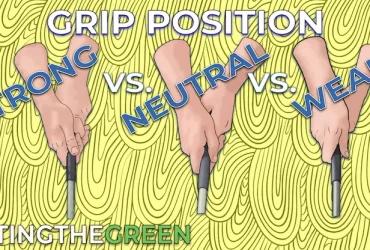Why Do Golf Balls Have Dimples?

Every golfer has their own preferred brand of golf balls and always use the same one, knowing that trying anything else may adversely affect their game. While Golf balls do vary, once you find a make you’re comfortable with, you’ll want to stick with it.
While there are differences in golf balls, there are also regulations in place regarding their size and weight, but not for the number of dimples on a ball. The dimples are important, and they can make your ball go faster or slower.
Contents
A History of Golf Balls
Back in the early days of golf, the balls were made from wood. Beech was the most popular wood and each ball was shaped by a carpenter. As a result, these were never perfectly round and very hard, so they weren’t always easy to control on the course.
Featheries
The first improvements to the golf ball didn’t happen until the 17th century, but they were still unreliable to play with. These balls were called ‘featheries’ because they were stuffed with wet bird feathers. As the feathers dried, they fluffed out and filled the inside of the ball. The outside of the ball was made from 3 pieces of leather which were stitched together. Just like the wooden design, due to the way they were made, they weren’t exactly round and weren’t very easy to control. To make matters worse, featheries would soak up the water if it was raining.
Featheries were very expensive to make and buy, so at the time it meant the game was only played by the rich
Guttie
It wasn’t until 1848 that the poorer were able to enjoy the game as well. In 1848, Robert Adams Paterson designed the gutta-percha ball, known as a ‘guttie’. This was the first golf ball to be molded and this process meant the balls were much cheaper to make.
These golf balls were made by melting gutta-percha resin, which was poured in to molds and then hammered in to shape. This method created small dents in each ball and people noticed that the dented balls were going further than smooth golf balls. This was the precursor to the dimples the balls now have.
DON’T MISS: Our Recommended Golf Balls, for Beginners.
Modern
The modern golf ball was created by accident when Coburn Haskell wound rubber bands together and noticed that they absorbed the shock of being bounced and hit. This now forms the basis for the modern golf ball.
As the game has grown in popularity, there are also regulations about golf balls and we’ll take a look at just a few of them.

About Golf Balls
Size
The size of a golf ball affects the distance it travels. The smaller a ball is, the less wind resistance it faces and the farther it goes. According to the United States Golf Association, the USGA, the diameter of a golf ball must not be less than 1.68 inches, or 42.67mm. While a ball can be bigger than this, you wouldn’t want it to be much larger, as it would not travel so far.
Weight
As with size, the weight of a golf ball plays an important role in the game. A heavier ball will go farther, but it may be harder to control. A lighter ball will not go as far, but it is easier to control.
The USGA state that a ball should not weigh more than 1.62 ounces or 45.93 grams.
Speed
Many things affect the speed of a golf ball so just how fast can they go?
When you hit your ball off the tee it will travel at somewhere around 160 miles per hour. The force on the ball can also cause it to spin an incredible 3000 times a minute. The fastest recorded shot was Ryan Winther whose ball reached a speed of 235.1 miles per hour, 378.35kph.
Dimples
The dimples on a golf ball are there for more than just decoration.
Dimples were added to golf balls in 1906 when William Taylor recognised that they help to reduce wind resistance and improve the distance and height that a ball can travel. The dimples can increase these by up to 115%, and so can have a big impact on your game. There are regulations saying that a golf ball must have dimples and regarding the depth of them, but there is no limitation to the number of dimples on a golf ball can have. Most will have between 300-500, with an average of around 330. The most dimples which have been counted on a ball was 1,070.
Shape
Golf balls are, obviously, round, but did you know they can change shape the more you use them?
When you tee off this can put a lot of pressure on the golf ball. As the core is made of rubber, this can cause it to lose its shape as the rubber is compressed when the ball is hit. Although it will decompress, it will not quite go back to its original shape, and over time you will notice a drop in the performance of the ball as it is no longer perfectly round.
While most balls used in sports are full of air, the golf ball is far more complex. From the intricate design of its core to its outer coating, every part of it is designed to provide maximum performance and control. The design is constantly being refined as well, and since the start of the 20th century, more than 5000 patents have been granted for golf balls.
Let’s hope they always keep their dimples.
Interesting golf ball facts
- Next time you lose your golf ball in the lake, you might be comforted to know that 300,000,000 golf balls are lost every year in America alone.
- There are golf balls on the moon. In 1971, Alan Shephard hit three balls during the Apollo 14 mission and they are all still there.
Happy Golfing!




